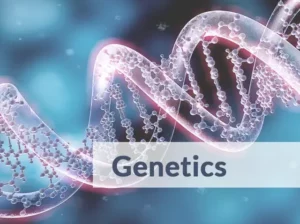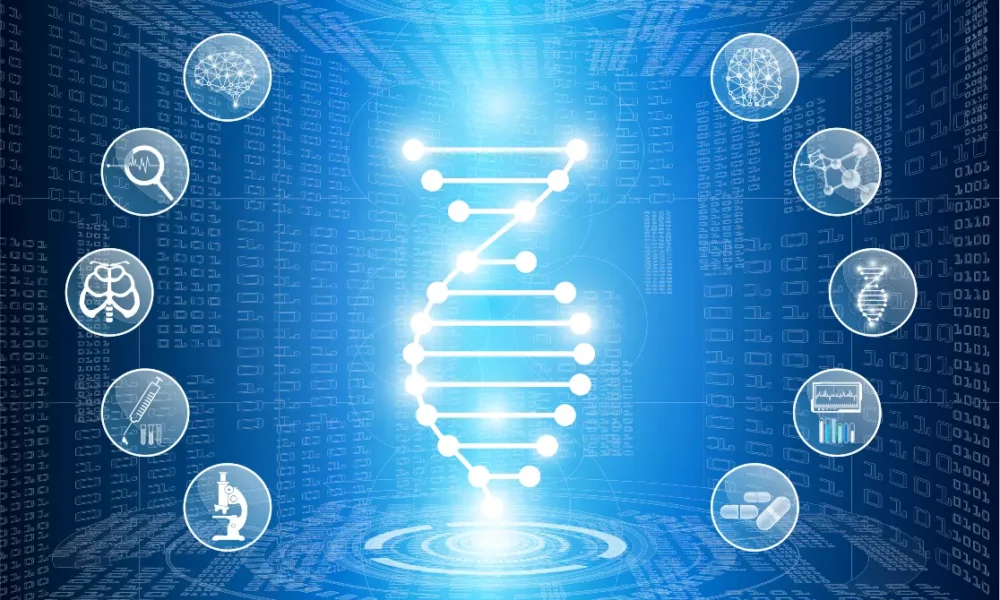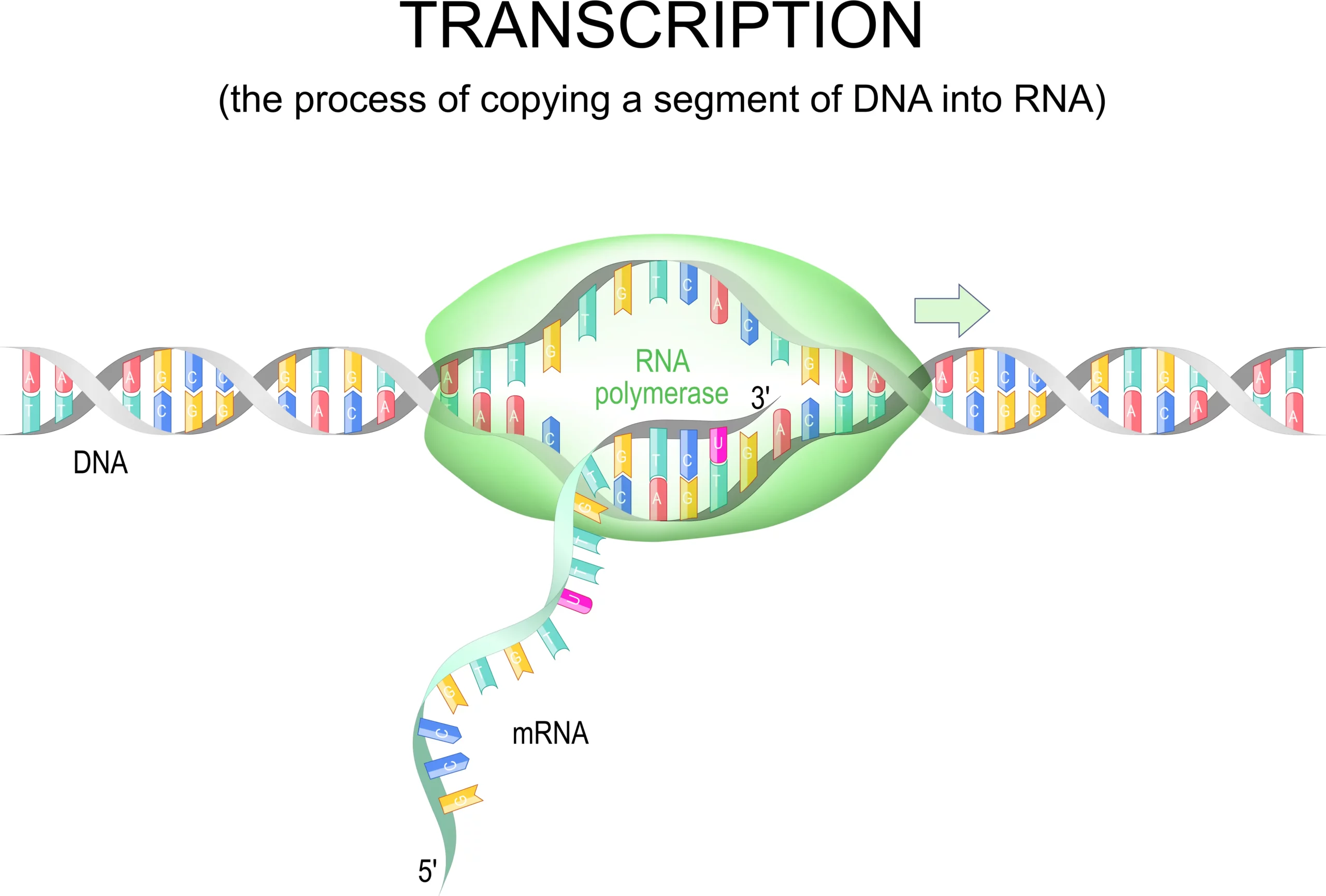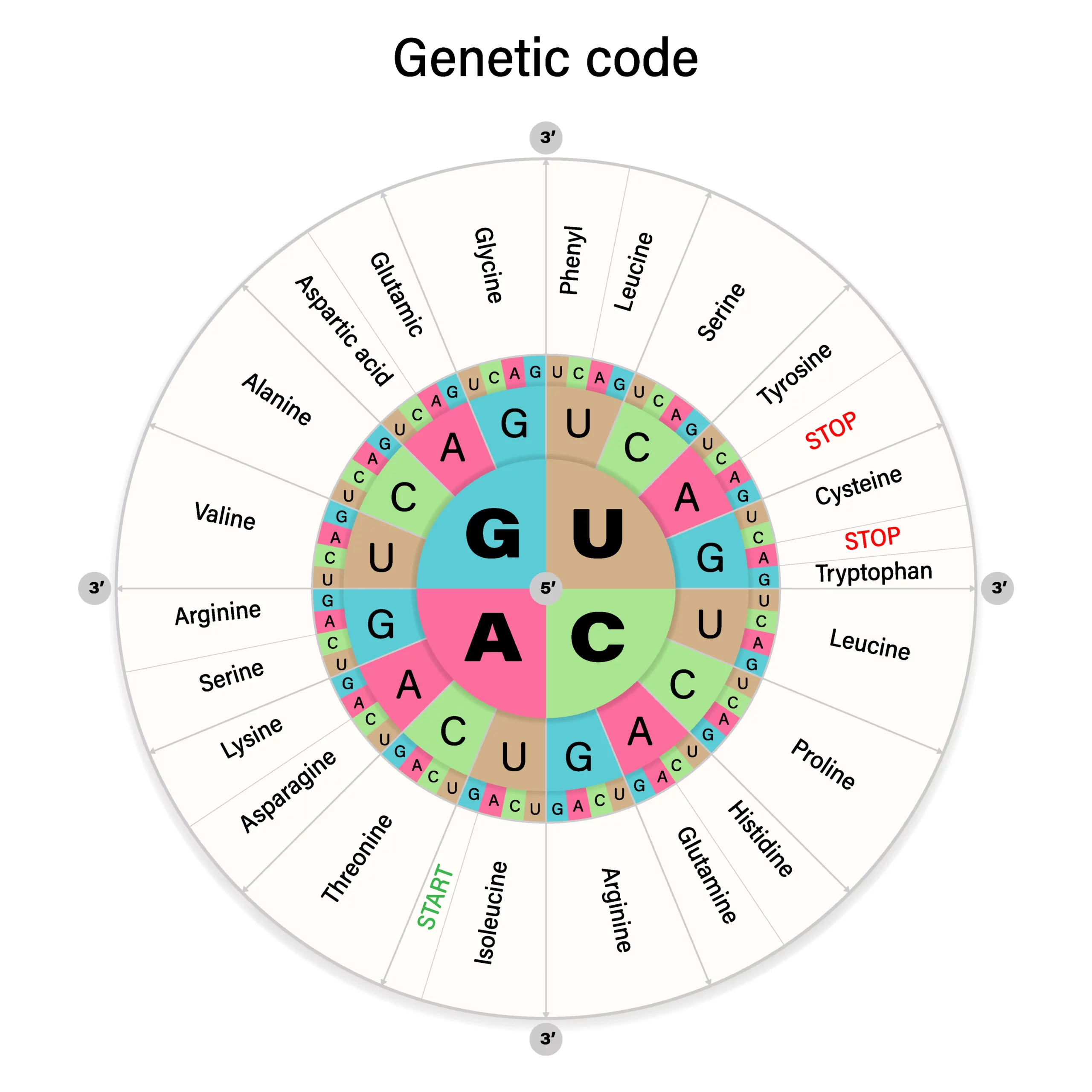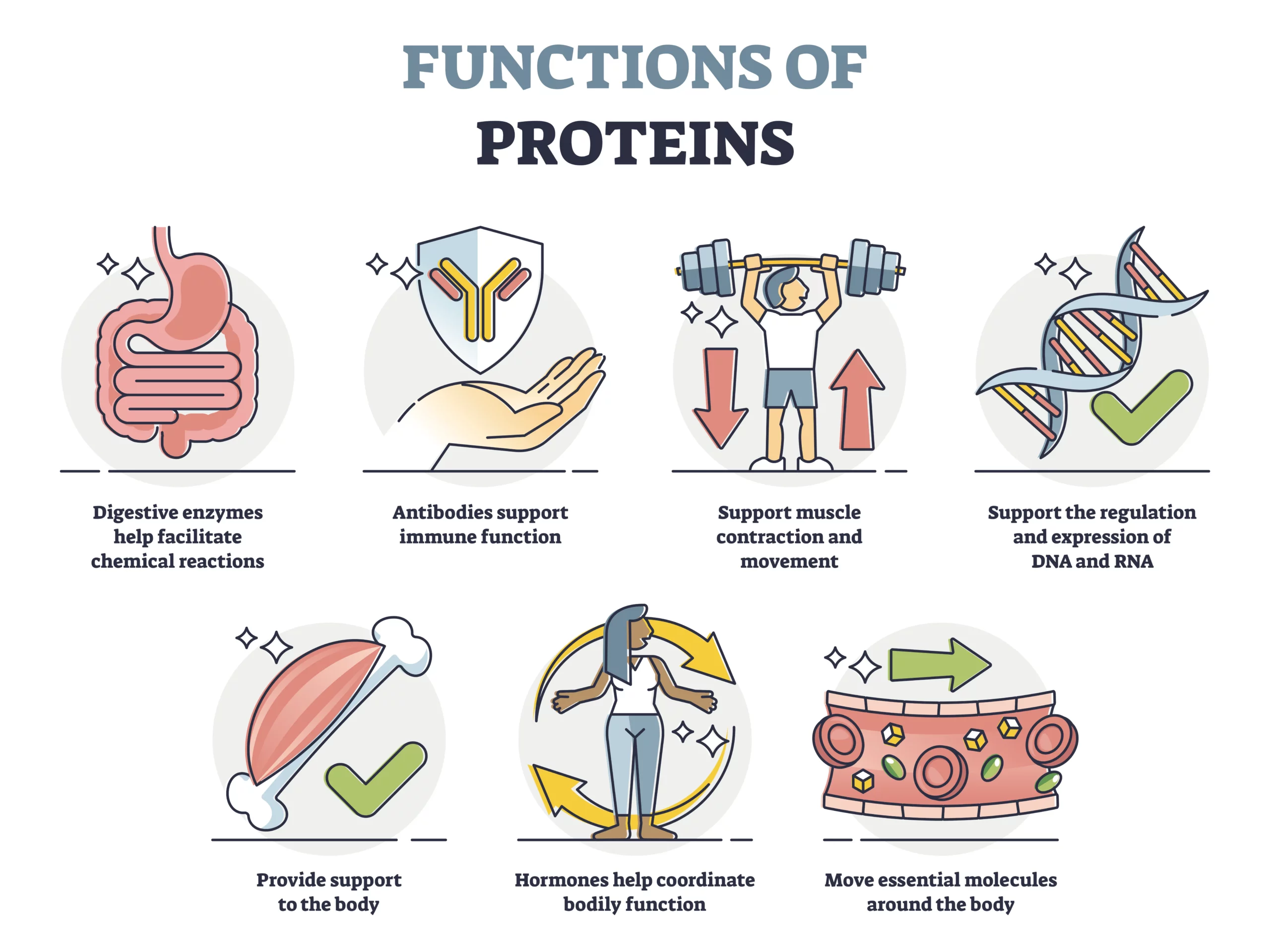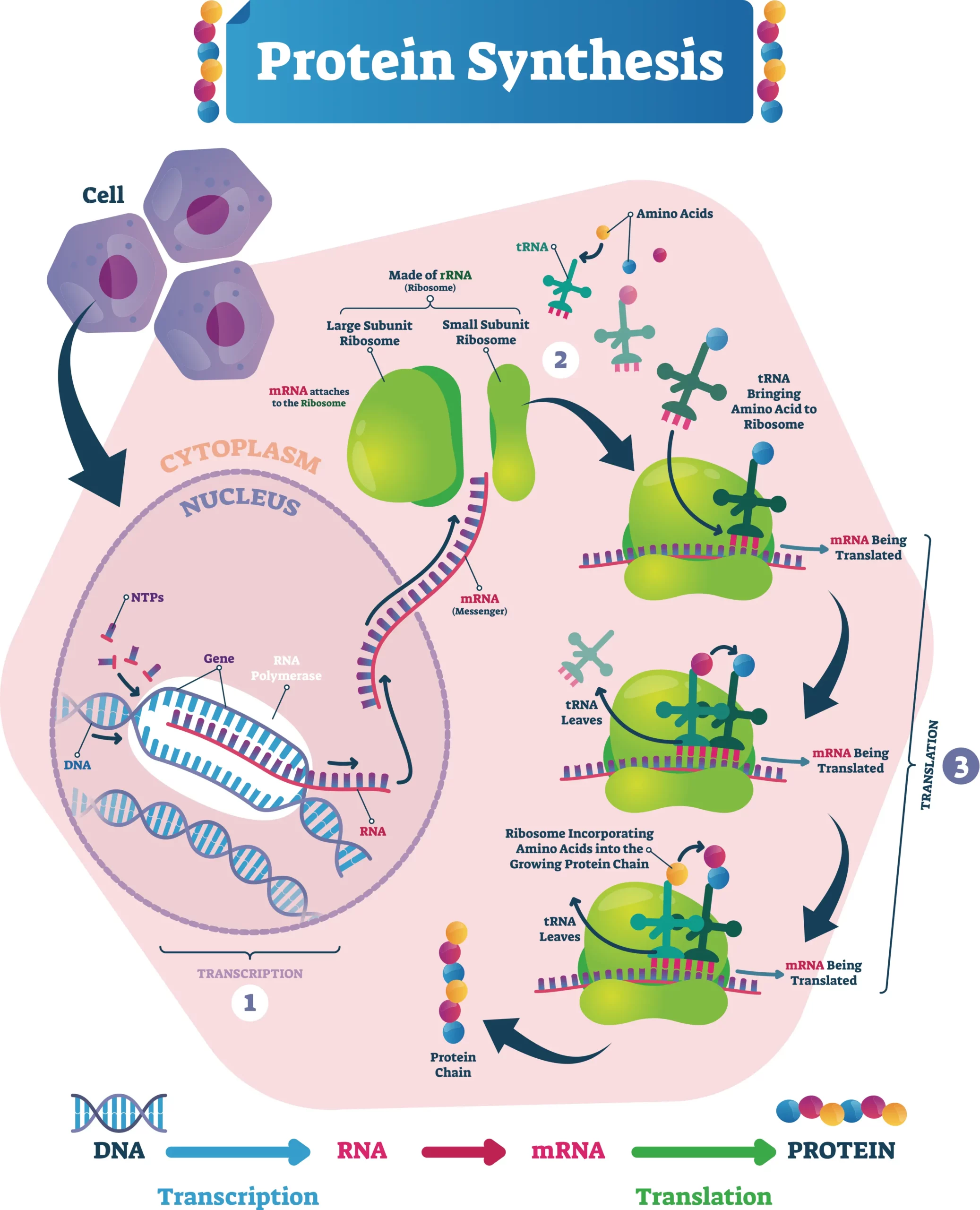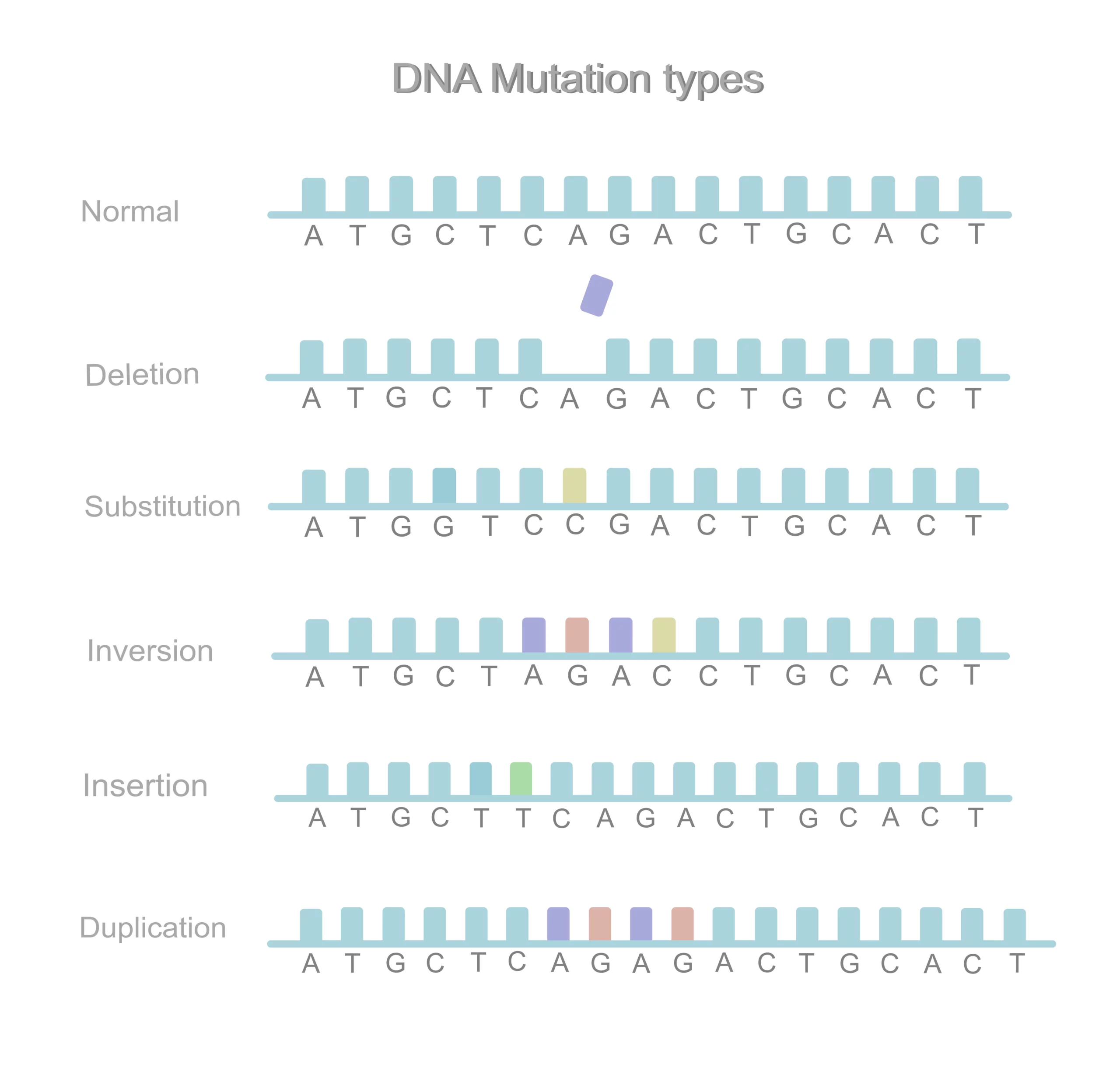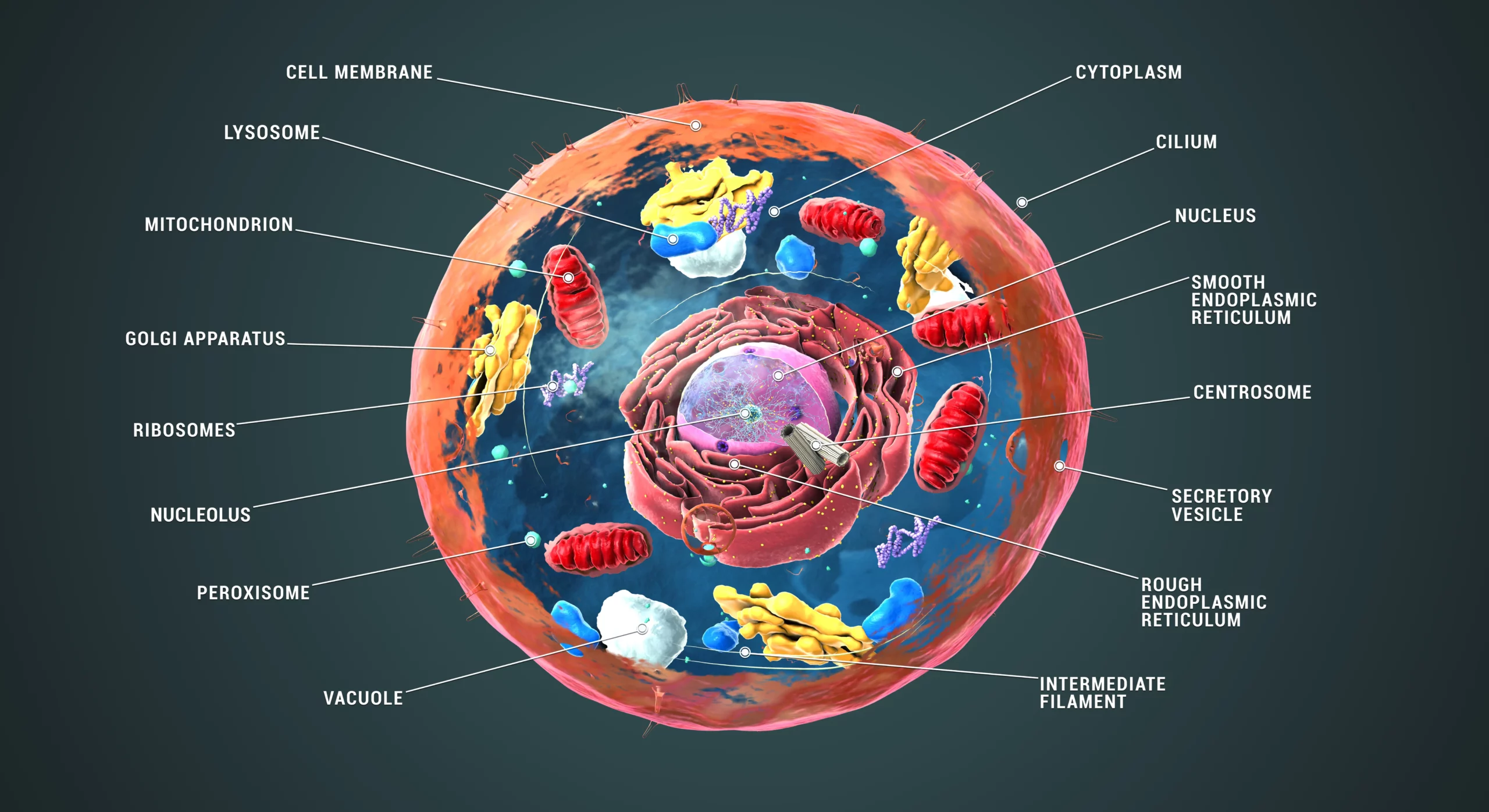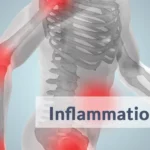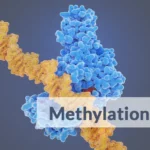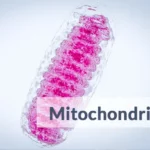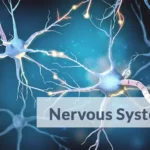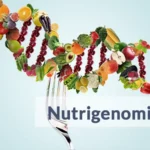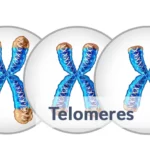Cell signaling can be thought of as the language ‘spoken’ by cells, allowing them to communicate and work together to keep our bodies running smoothly. Imagine a complicated piece of music. Each musician plays a different instrument and needs to know what to play and when to start and stop playing. Cells function similarly; they need to know when to work, grow, divide, or die. And cell signaling is the system that enables that communication. Just like you don’t use every muscle in your body every moment of every day, cells can signal to genes to “turn on” or “turn off,” also known as gene expression. Turning genes on and off allows for cell regulation and effective function.
Cell signaling can happen within a single cell, called intracellular signaling, or between cells, called intercellular signaling. In intracellular signaling, a signal molecule binds to a specific receptor on the cell’s surface, starting a chain reaction within the cell and leading to changes in the cell’s behavior. Intercellular signaling happens when a signal molecule binds to a receptor on the surface of another cell, triggering a response. This process can happen through chemical signaling, where molecules bind to receptors on the target cell, or electrical signaling, where the flow of ions triggers a response.
Cell signaling plays a critical role in regulating gene expression, which leads to the production of new proteins. These proteins are necessary for the proper functioning of cells and the stability of our body’s tissues. And the signals that originate in one cell can trigger responses in many other cells, leading to coordinated responses throughout the body, such as hormones that travel through the bloodstream and bind to receptors on target cells, changing metabolism or heart rate.
Genetics also plays a role in cell signaling. Genetic mutations can lead to malfunctioning proteins, causing abnormal cell signaling and health concerns. But by understanding the genetic basis of cell signaling, we can better prevent, detect, and address these concerns.
Proper cell function is vital for overall health and well-being, and any disruption to cellular processes can lead to a wide range of health concerns. Understanding the structure and function of cells, the role of DNA in cell function, and the relationship between genes, organelles, and cell signaling, is the first step to utilizing our genetic information to make informed health decisions.
